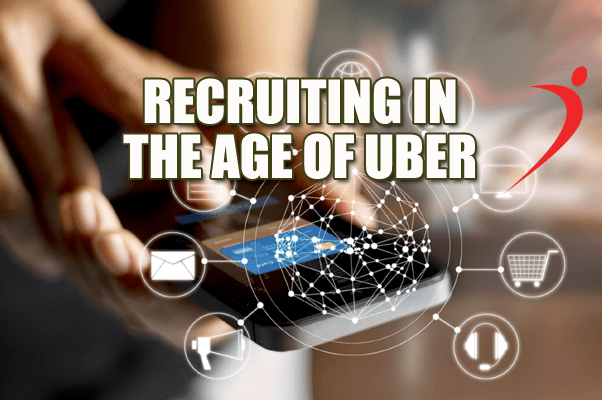
How the Gig Economy Shapes the Way We Work
Ten years ago, if you wanted to hail a cab, you either stepped out onto the street and waved your hand at a passing driver or you looked up a phone number and called the local taxi service.
Today, 40 million people choose a third option each month. They pull out their smartphones, login to Uber, and catch a ride with one of the 460,000+ active drivers on the road in cities all across the United States.
It's part of a growing segment of the workforce known as the gig economy. Most people have heard the term, and 72% of us have used an on-demand service like Uber at some point. But do we really understand what the growing trend toward independent work means for our workforce and how it will affect the businesses that depend on a steady pipeline of skilled talent?
Is the gig economy the future of work? The short answer is yes. But that’s not the whole picture. As employers navigate the tightrope between traditional work and independent contracts, finding the right balance will take new vision.
In this eBook, we’ll take a look at three essential questions underlying the gig economy:
-
-
-
How big is the trend?
-
What does that mean for jobs and workers?
-
What are the ramifications for recruiting?
-
-
Scroll down to download this free eBook for expert advice from one of the top recruiting firms in the country, Hire Velocity!
Table of Contents:
- Just How Big is the Gig Economy?
- The Way We Work: What the Gig Economy Means for the Workforce
- How Uber Has Affected the Taxi Industry
- Technology and Our Changing Relationships With Work
- How the Gig Economy Has Changed the Employer/Employee Relationship
- Uber, Upwork, and Recruiting: What It All Means for Employers
- Benefits of Hiring Gig Workers
- Six Tips for Recruiting in the Age of Uber


